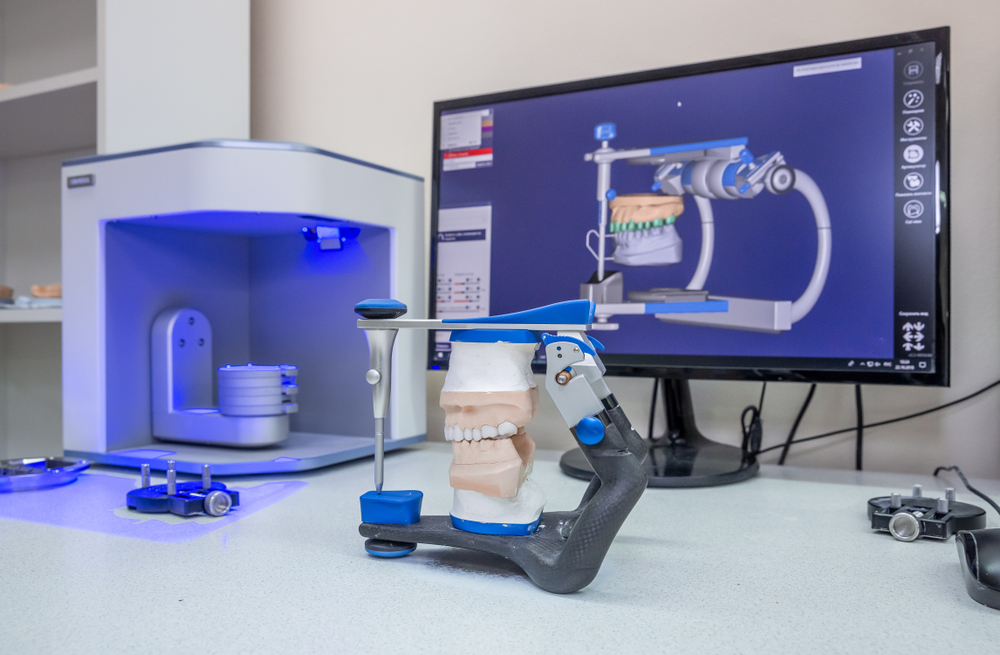Can A Robot Write Your Marketing Materials?
Team Thomas August 30, 2018
One of the greatest fears among today’s industrial workers is the possibility of being replaced by machines. While many companies have opted to embrace automated technologies in their day-to-day industrial manufacturing operations, the results aren’t always detrimental to employees.
In fact, the precision and efficiency that these technologies offer can make workers’ jobs much easier, allowing for significantly increased daily output. For this reason, more and more companies are using automation to streamline their production processes.
And it’s not just manufacturers who are choosing to go down this route; even some content marketing firms are using new technologies that will help them more efficiently generate engaging, accurate content. In fact, some of the world’s top publishers — such as the The Washington Post and the Associated Press — have now started using robots to write their copy.

Robot writing may still be a new concept, but it’s quickly growing in popularity, with more and more industrial marketing firms turning to robots to meet ever-evolving marketing needs.
How Robot Writing Works
Robot writing involves the use of certain kinds of software to generate content. First, human editors create the template of a story, being sure to incorporate key phrases and expressions that relate to the story but will make sense whatever the story’s outcome may be.
Connected to the internet or other repositories of information, the software then sorts through data to find related, relevant information and pairs it with the key phrases. This software can even alert reporters to fact check or search for more information if necessary.
The software then fills in the template with the correct data and joins the phrases to form a cohesive narrative that the software can publish on any platform or site. This type of software is ideal for writing short, simple stories on straightforward subjects that can then be easily disseminated across different platforms to help grow an audience.
A Look at the Results
Through this kind of process, writing robots have been able to create content that is comprehensible and engaging — so much so that readers don’t even realize it was written by a robot and not a human. Check out the examples of robot writing below to see if you can notice any difference:
- “A shallow magnitude 4.7 earthquake was reported Monday morning five miles from Westwood, California, according to the U.S. Geological Survey. The temblor occurred at 6:25 a.m. Pacific time at a depth of 5.0 miles.”
- “Tuesday was a great day for W. Roberts, as the junior pitcher threw a perfect game to carry Virginia to a 2-0 victory over George Washington at Davenport Field.”
So Can You Fire Your Writers And Hire a Bot?
While robot writing can be an effective way to quickly put out a lot of content in order to grow your audience, it does have its drawbacks, as with most forms of automation. As a relatively new technology, robot writing often has mixed results, with some copy coming out incomprehensible.
And, most importantly, automated writing lacks the human element of emotion that seasoned writers often lend to their work. While robots are great with interpreting data and incorporating it into their writing, they aren’t able to integrate the same emotional quality that human writers can imbue — a critical aspect in connecting with your readers and audience.
Learn More
Need help with your content marketing? While we can't recommend a robot, we do have a pretty great ebook, Content Marketing For Industrial Companies that can help you get started. Download your free copy today.
Did you find this useful?









